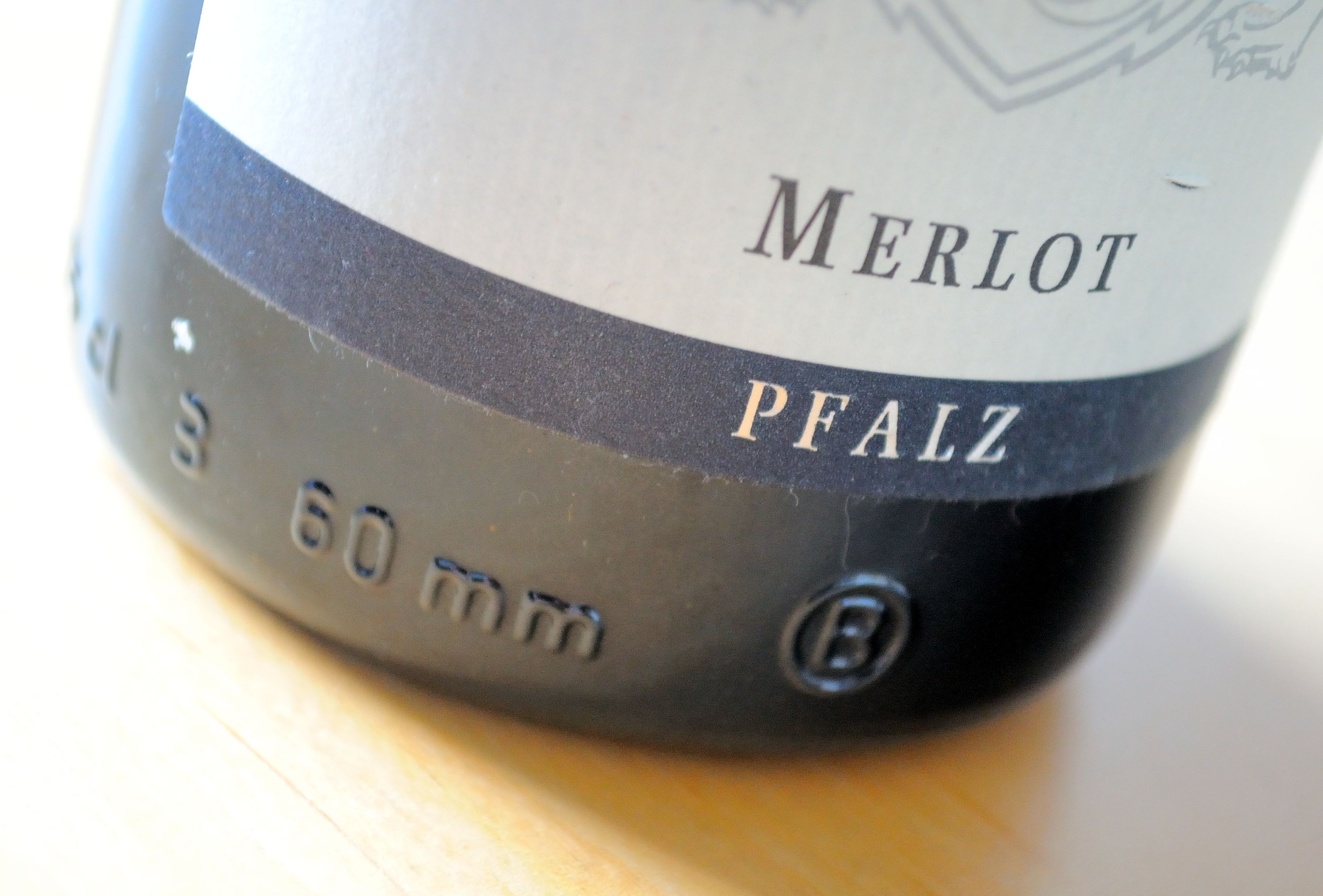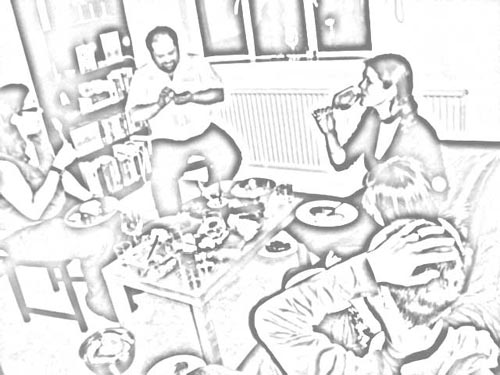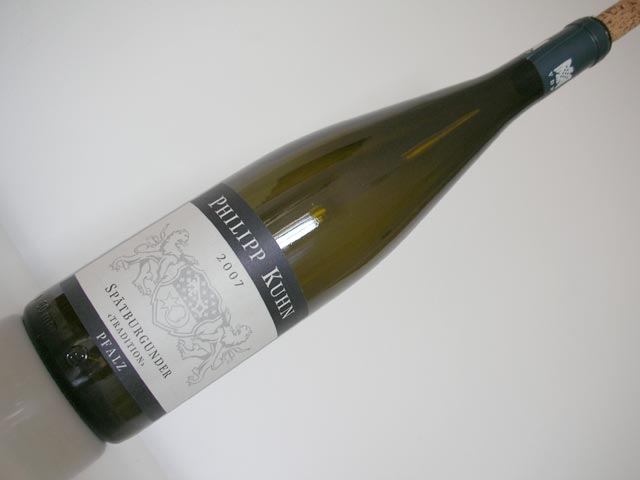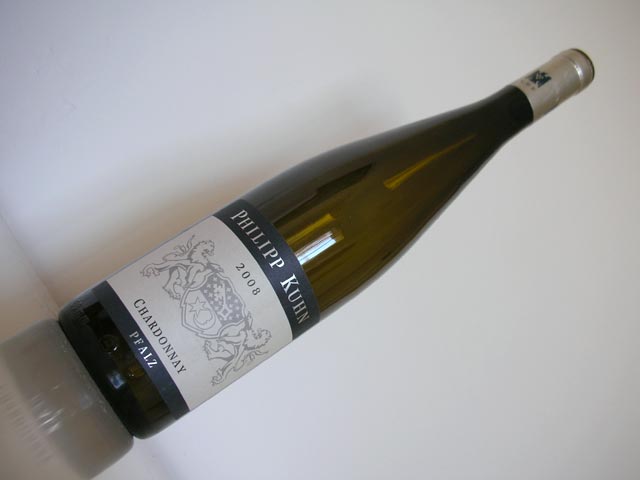Philipp Kuhn, Cuveé Luitmar, 2008
So there you sit in Tuscany, enjoying the evening sun and sipping on your Sangiovese blend - oh, wait! It is not Tuscany but the German wine growing region of the Pfalz (Palatinate) and you are not drinking a Chianti but a German red. Sounds unlikely? Well, unlikely it may be but certainly not impossible: Pfalz winemaker Philipp Kuhn is well known for his red wines and one of them, the Cuveé Luitmar, is indeed made of Sangiovese.

Not just Sangiovese but also Cabernet Sauvignon, St. Laurent and Blaufränkisch (also known as Lemberger) - not exactly what you would expect from a German wine...





 Philipp Kuhn is one of those German winemakers who confidently cover what seems like the whole spectrum of wine, from Riesling to Pinot Blanc, Sauvignon Blanc, Chardonnay, Muscat, Viognier, Pinot Noir, St. Laurent, Lemberger, a few others - and Merlot.
Philipp Kuhn is one of those German winemakers who confidently cover what seems like the whole spectrum of wine, from Riesling to Pinot Blanc, Sauvignon Blanc, Chardonnay, Muscat, Viognier, Pinot Noir, St. Laurent, Lemberger, a few others - and Merlot. 


